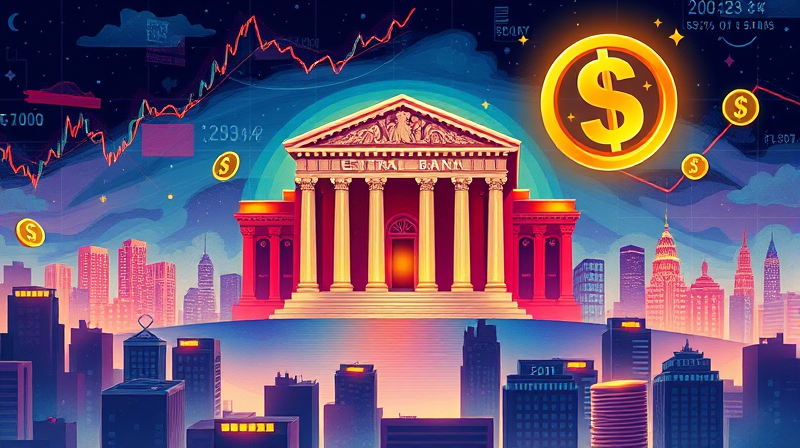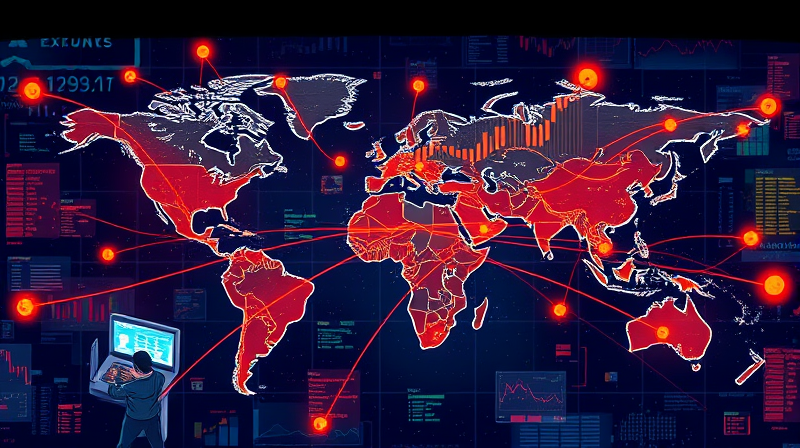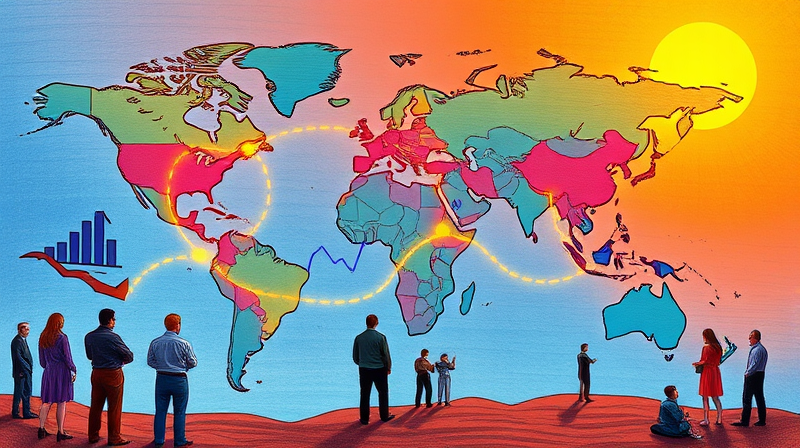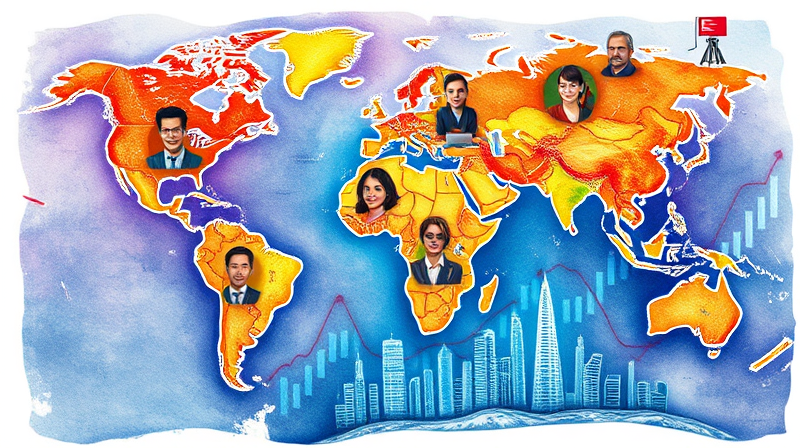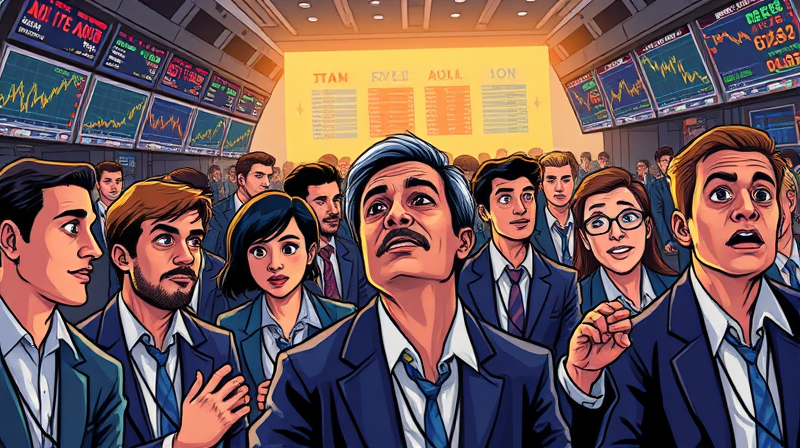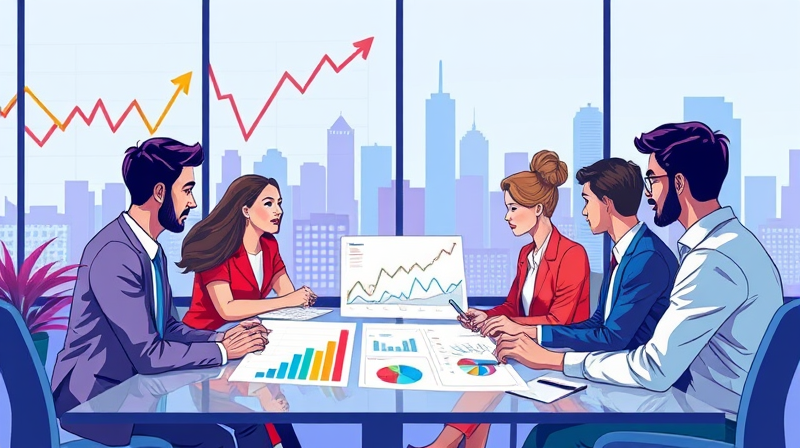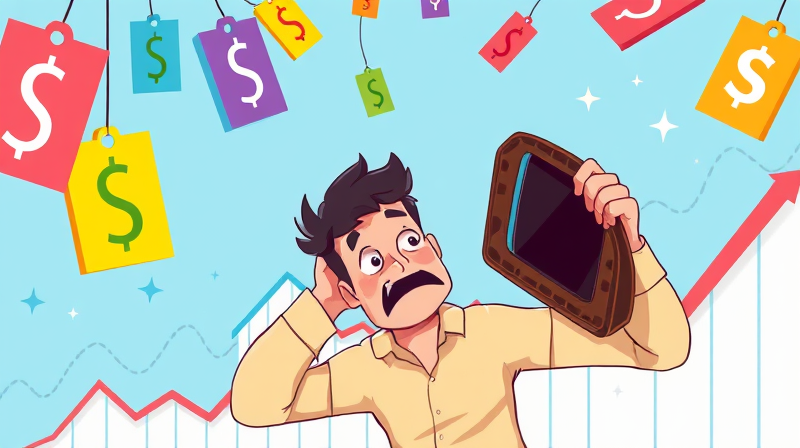
As global economies navigate the aftermath of the pandemic, millions of households find themselves confronting higher costs for everyday goods and services. From groceries to rent, the squeeze on spending power has become impossible to ignore. This article delves deep into the forces behind inflation in 2025 and offers practical strategies to safeguard your finances.
While rates have eased from their 2022 peaks, most regions continue to battle significant upward pressure on prices. Consumers are adapting to a new normal, one where careful budgeting and informed choices are essential to maintain stability.
Inflation represents the pace at which prices for a broad basket of goods and services rise over time. Two primary gauges dominate policy discussions:
Diverging methodologies and the treatment of volatile items such as food and energy can yield different headline figures. Core measures exclude those components to highlight underlying trends.
Global CPI inflation surged to nearly 9% in late 2022, driven by disrupted supply chains and surging demand. By late 2024, it slowed to under 5%, but remains elevated compared to pre-pandemic norms.
In the United States, the PCE price index rose 0.1% month-over-month in May 2025, translating to 2.3% annually. Core PCE—which strips out food and energy—increased by 0.2% monthly and 2.7% year-over-year.
Experts now forecast that core PCE will settle at around 2.4% by late 2025, slightly above earlier projections. Below is a snapshot of recent and projected figures:
The jump in prices has triggered caution among shoppers. Real personal consumption expenditures rose just 1.2% annually in Q1 2025, down sharply from a 4% increase in Q4 2024. This slowdown suggests that families are postponing big-ticket purchases and prioritizing essentials.
Durable goods spending declined 3.8% in the first quarter, while nondurable goods and services are expected to expand by roughly 1.4% and 1.5% respectively over the full year. Rising interest rates have contributed to higher borrowing costs, prompting more consumers to rely on savings or cut discretionary outlays.
Several factors continue to fuel price increases:
Pent-up demand and supply constraints initially set the stage for sharp inflationary spikes. As the pace of normalization has slowed, lingering bottlenecks in logistics and manufacturing still push costs higher.
Energy markets have stabilized somewhat, with oil and coal prices easing in early 2025. However, export demands and regional supply shifts could keep certain volatile food and energy prices elevated. Meanwhile, new tariffs on imported goods, particularly from major trading partners, impose added costs on manufacturers and, ultimately, consumers.
Wage growth remains robust but is growing at a slower pace than spending, constraining take-home pay gains and weighing on household budgets. Central banks have signaled potential rate cuts in late 2025, though long-term yields are likely to stay high enough to temper the impact of looser monetary policy.
Amid these headwinds, individuals can take steps to mitigate the effects of rising prices:
Analysts foresee a gradual easing of inflation pressures through 2025, assuming no major geopolitical or economic setbacks. Consumer spending growth is likely to remain modest, with service sectors demonstrating more resilience compared to goods.
Governments and central banks worldwide continue to balance growth objectives against the risk of runaway inflation. Adjustments to interest rates, social safety nets, and trade policies will play crucial roles in shaping the trajectory of price increases.
Inflation cycles are inevitable in any market economy, but their intensity and duration can vary widely. By understanding the mechanisms at work and adopting proactive financial habits, households can navigate periods of high inflation with greater confidence.
Maintaining a diversified portfolio, staying informed about policy shifts, and revisiting your budget regularly will help you plan for long-term financial security despite uncertainty. Ultimately, being deliberate with spending, saving, and investing can turn a challenging economic environment into an opportunity for growth and resilience.
References






